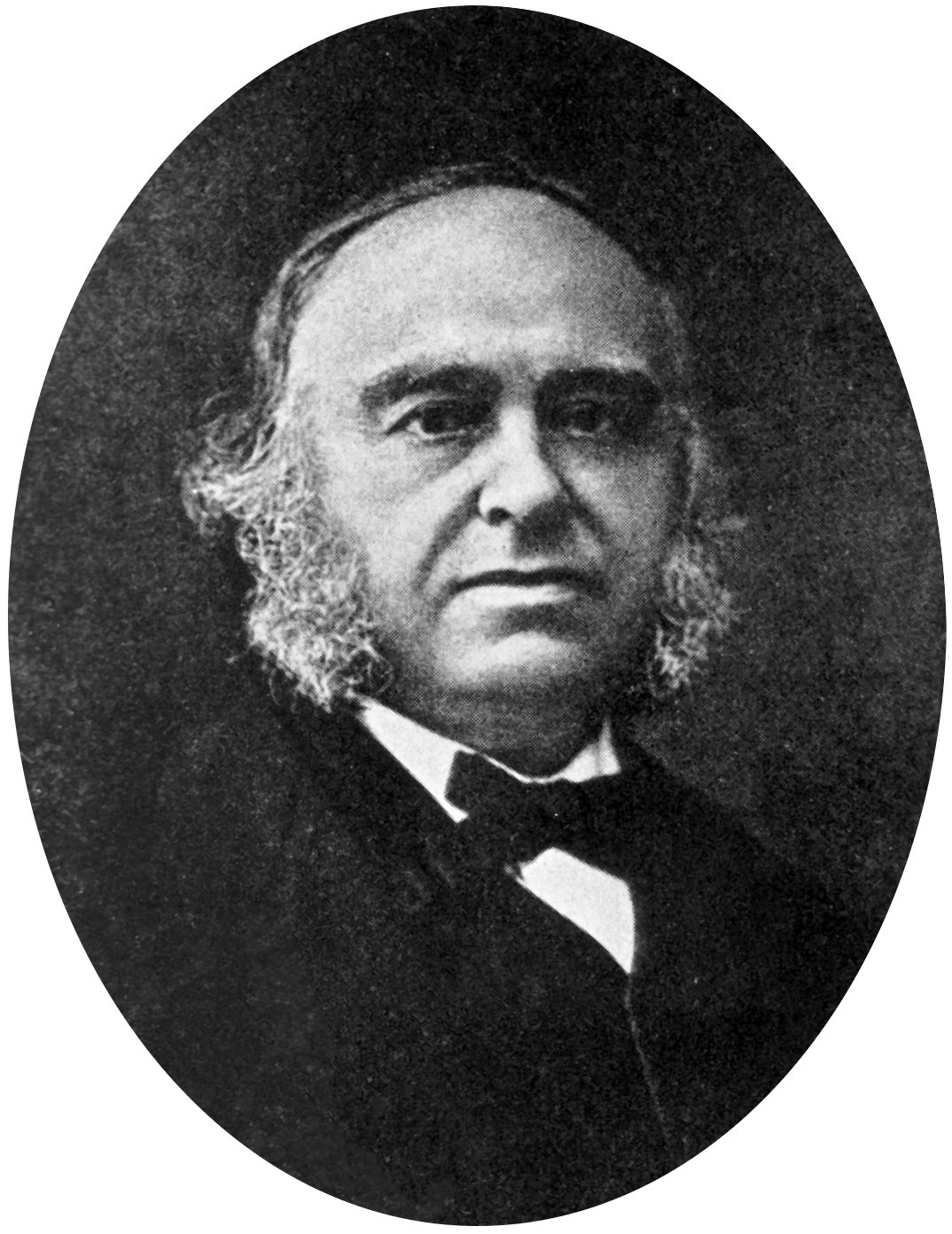History of neuroscience: Paul Broca

Pierre Paul Broca
In April of 1861, a 51-year old man was transferred to Paul Broca's surgical ward in a hospital in France. The man, whose name was Leborgne, had epilepsy but was near death due to an uncontrolled infection and the resultant gangrene. There was something curious about Leborgne, however: he had extreme difficulty speaking voluntarily. In fact, one of the only sounds he was able to make--unless antagonized, which could prompt him to curse--was an utterance that resembled the word "tan." This led to "Tan" becoming the patient's nickname, and the way students of psychology and neuroscience would be introduced to him in textbooks for the next 150+ years.
At the time, there was a fairly contentious debate among scientists about the organization of brain function. Some argued that the brain had to be viewed from a holistic perspective. They believed that the activities of the brain were carried out by the brain acting as a whole, and that one couldn't attribute functions to specific regions of the brain, as that approach ignored the necessity of the entire brain being involved. Others contended that the functions of the brain could be localized to certain areas of the organ; thus, from this perspective it was argued that there were centers of the brain specialized for certain tasks.
Speech was an important part of this debate because some believed there was evidence that there were areas of the frontal cortex where the capacity to produce articulate speech was located. Broca, who was already an influential figure in the scientific community, leaned toward the holistic perspective before Tan became his patient.
Tan died six days after he came under Broca's care. Broca performed an autopsy and found that, although Tan's brain was in relatively bad shape overall, there was an especially distinct lesion in his left frontal lobe. This supported the hypothesis that language was localized to the frontal lobes, as it could be interpreted that Tan's brain damage was the root cause of his speech deficit. This finding would eventually lead to Broca putting his full support behind the localization of function argument, and his support would be influential in turning the scientific consensus away from holism.
Over the next several years, Broca discovered a number of other patients who had left frontal lobe damage along with a deficit in producing articulate speech. Over time, the area that Broca repeatedly observed to be lesioned in these cases came to be called Broca's area. The speech disorder that resulted, which involves difficulty primarily with speech production, was called Broca's aphasia.
Although Broca would be best known for his work supporting the importance of the frontal lobe in speech, and the influence this had on the localization of function debate, he also was a pioneering neurosurgeon. He developed several neurosurgical methods that advanced our ability to examine the brain postmortem. However, Broca's findings regarding speech production are what have immortalized him in the history of neuroscience.
Finger, S. (2004). Paul Broca (1824?1880) Journal of Neurology, 251 (6) DOI: 10.1007/s00415-004-0456-6

